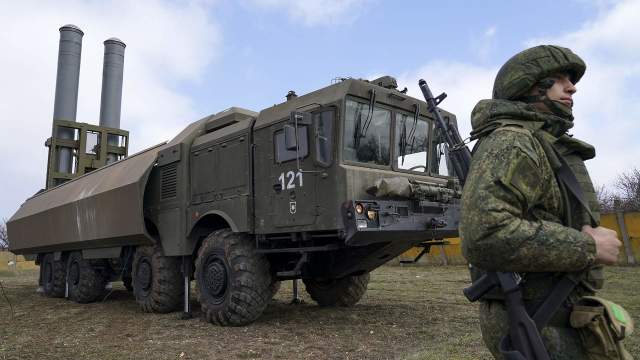The entire coast of Finland, Estonia and part of the Baltic Sea will be in the zone of operation of missile systems
The Leningrad naval base of the Russian Navy will be reinforced by Bastion coastal missile systems, sources told Izvestia in the Ministry of Defense of the Russian Federation. They are equipped with supersonic Onyx missiles, capable of hitting both sea and ground targets with high accuracy. Strengthening the defense of St. Petersburg is becoming especially relevant against the background of Finland's decision to join NATO, experts say. Coastal missile systems will be able to target the coast of this country, the entire Gulf of Finland, part of the Baltic Sea, as well as the territory of Estonia.
Baltic "Bastion"
A fundamental decision on arming the Leningrad Naval Base (LenVMB) with Bastion coastal missile systems has already been made, several sources in the Russian Defense Ministry told Izvestia. However, the interlocutors of the publication refused to name the dates when the DBK will take up combat duty.
Bastion missiles can hit targets at a distance of 600 km, so coastal troops will keep the entire region under control. You can direct these systems from the air, from ships or submarines. Due to the special radar homing head, these missiles can destroy not only ships, but also ground targets with special accuracy. Also, the interlocutors of Izvestia recalled that last year the LenVMB included Bal missile systems equipped with unobtrusive high-precision cruise missiles X-35.
The Russian coastal missile forces have experience in the combat use of "Bastions". In Syria, they have proven themselves well as reliable means of hitting ground targets — control points, communication hubs, airfields. At sea, the complexes can destroy both single ships and amphibious formations, convoys, aircraft carrier strike groups.
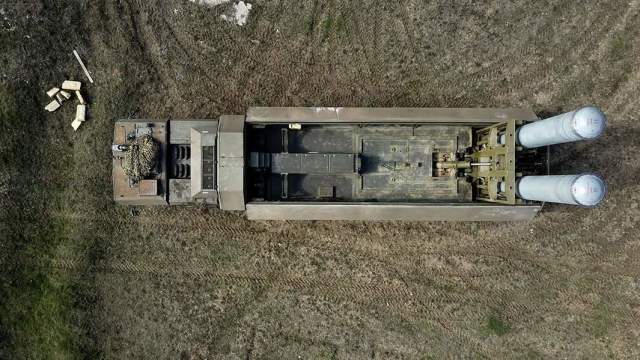
Photo: IZVESTIA/Dmitry Korotaev
Image source: iz.ru
Until recently, modern coastal missile systems in the Baltic were only in the Kaliningrad exclave. Now the area that is being held at gunpoint by modern means of destruction has significantly increased.
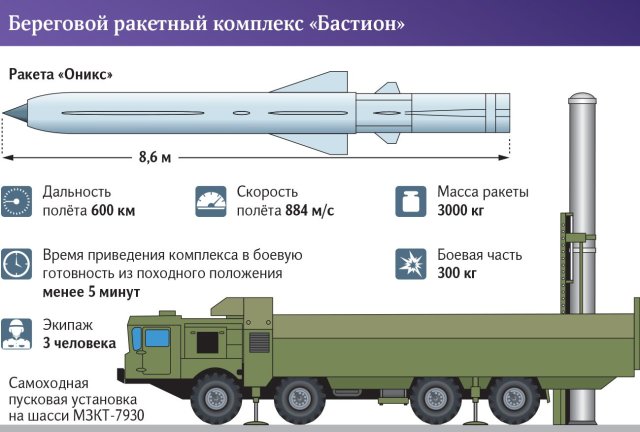
—Bastion in its modern modification is a multi—purpose vehicle, it can be used both for coastal defense and for strikes against ground targets at a considerable range," Vasily Kashin, director of the HSE Center for Integrated European and International Studies, told Izvestia. — Taking into account the growing tension, Finland's accession to NATO is one of the natural elements of strengthening the grouping in this direction. Many other steps will be required. But it is clear that one of the primary measures is to increase the number of precision weapons there. These include Bastions, Iskanders in all their modifications, Kalibr naval missiles and similar weapons. Given that the probable enemy in this direction has M270 MLRS multiple launch rocket systems, of course, we need to have powerful means there.
The operational zone of the Leningrad Naval Base is from the Finnish border to the border with Estonia, Admiral Valentin Selivanov, ex-chief of the General Staff of the Navy, told Izvestia.
— This should show Estonia, and especially Finland and Sweden, who foolishly joined NATO: "You are under attack, you will not be well." If you put the Bastion complexes somewhere near Narva and near Vyborg, all Finnish ships, the entire coast of Finland, the whole of Estonia, the entrance to the Gulf of Finland and the northern part of the Baltic Sea will be under attack. Enemy ships will not approach St. Petersburg, these complexes hit them without a miss. The "bastions" will reach the Gulf of Riga," said Valentin Selivanov.
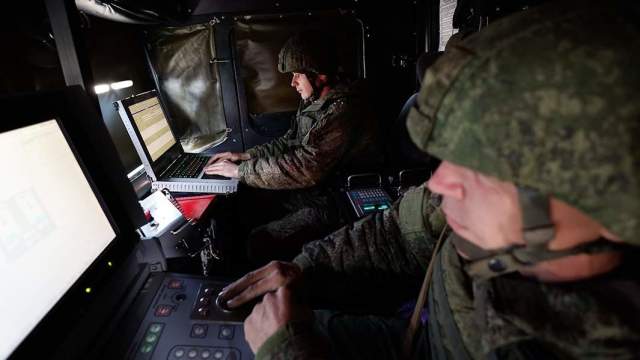
Photo: RIA Novosti/Mikhail Golenkov
Image source: iz.ru
High voltage zone
Tensions have been rising in the Baltic region in recent years. NATO air groups are being sent to Lithuania, Latvia and Estonia on rotation to patrol along the Russian borders. In December last year, Deputy Defense Minister Alexander Fomin said that during the year in the Baltic Sea zone, the countries of the North Atlantic Alliance made more than 1,200 sorties of aircraft and more than 50 sorties of warships for naval reconnaissance. During the year, NATO conducted more than 20 operational and combat training events in the region.
Russia is especially actively strengthening the coastal forces of the fleet and, in particular, the coastal rocket and artillery troops (BRAV). They have been re-equipped with the latest complexes, modern divisions and missile brigades are being formed.
Earlier, Izvestia reported on the decision of the Ministry of Defense to send Bal coastal complexes to the Baltic coast near St. Petersburg. This system is designed to protect the coast and straits, as well as cover naval bases. It has the ability to fire single missiles and volleys of up to 32 subsonic missiles. After recharging, which takes 30-40 minutes, the complex is ready to fire a second salvo.
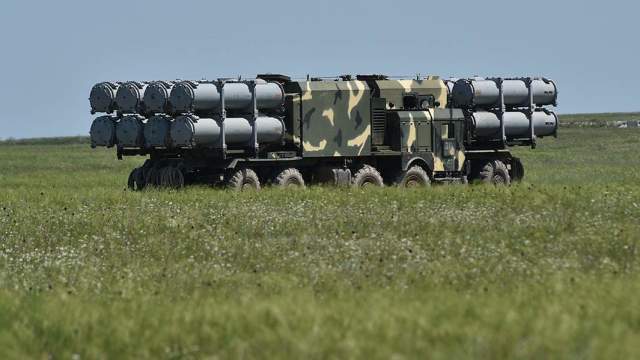
Photo: IZVESTIA/Alexander Polegenko
Image source: iz.ru
DBK "Bal" is a mobile system based on the MZKT-7930 chassis. It includes up to two self-propelled command posts, up to four launchers with eight X-35/X-35U cruise missiles, as well as transport and reloading vehicles. The range of the DBK is more than 120 km. The complex is equipped with night vision devices and modern equipment. Thanks to the latest navigation system, the "Ball" can quickly change starting positions. The deployment time is only 10 minutes.
Roman Kretsul
